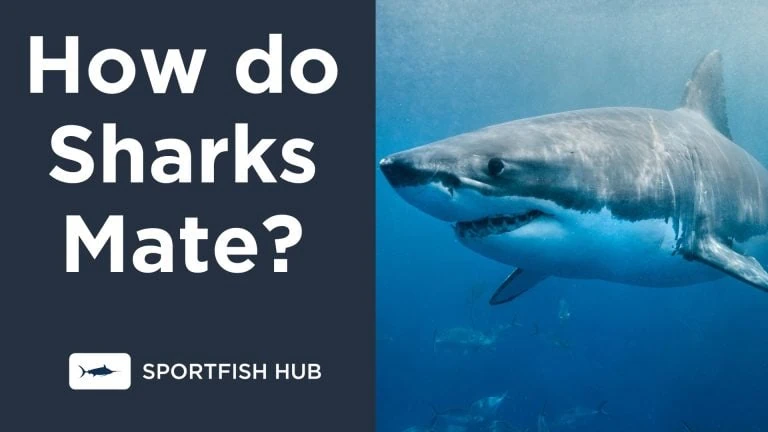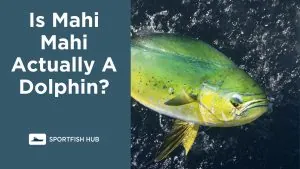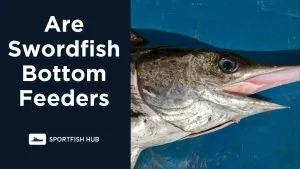Sharks have some unique and fascinating mating behaviors. As apex predators that have been around for millions of years, different species of sharks like the great white shark have evolved reproductive strategies to ensure the survival of their species.
In this article, we’ll take a deep dive into how sharks mate and reproduce to answer the question “How do sharks mate?”.
Table of Contents
- How Get Pregnant (Footage)
- Shark Mating Seasons
- Do Sharks Mate for Life?
- How Sharks Attract Mates
- Shark Reproductive Strategies
- Unusual Shark Mating Traits
- How Long Are Sharks Pregnant
- Key Takeaways on Shark Mating
- FAQ
- Do sharks cannibalize potential mates?
- How many offspring can a female shark produce in her lifetime?
- What happens if a shark mating ritual is disrupted?
- Do sharks ever mate with other shark species?
How Get Pregnant (Footage)
Shark Mating Seasons
Most shark species have a defined mating season that is triggered by water temperature, day length, lunar cycles, or a combination of these factors.
- Warm water sharks like bull sharks, tiger sharks, and oceanic whitetip sharks mate year-round in tropical and subtropical waters. Their mating seasons peak in late summer and early fall when water temperatures are warmest.
- Temperate sharks like thresher sharks, mako sharks, and blue sharks mate in late winter and spring as water temperatures rise.
- Deep sea sharks, like gulper sharks, have less defined mating seasons since deep ocean temperatures remain relatively stable year-round. They may mate opportunistically.
- Polar sharks like the Greenland shark have the shortest mating windows in early summer when oceans briefly warm up near the melting ice edges.
So mating seasons allow sharks to take advantage of the most favorable conditions for mating and gestating young. The timing improves chances of offspring survival.
You might also be interested in: What do sharks eat?
Shark Mating Seasons
| Shark Species | Mating Season |
|---|---|
| Bull shark | Year-round, peak in late summer/fall |
| Tiger shark | Year-round, peak in late summer/fall |
| Oceanic whitetip shark | Year-round, peak in late summer/fall |
| Thresher shark | Late winter/spring |
| Mako shark | Late winter/spring |
| Blue shark | Late winter/spring |
| Gulper shark | Opportunistic, no defined season |
| Greenland shark | Early summer |
Do Sharks Mate for Life?
Unlike some mammal species, sharks do not mate for life or form lasting bonds with their mating partners.
- Sharks are solitary creatures that only come together briefly for mating purposes. They do not form social groups or family units.
- Both male and female sharks likely mate with multiple partners across breeding seasons to maximize reproductive success.
- Some female sharks even store sperm from different mating encounters to fertilize different batches of eggs later on.
- Male sharks compete aggressively with one another for access to fertile females during the mating period. They do not reserve mating privileges for a single female shark.
- After mating, the male and female sharks part ways and do not provide parental care to their offspring. The pups are left to fend for themselves from birth.
- The mating sharks may never encounter one another again after parting. Sharks roam widely and have little chance of repeatedly crossing paths in the ocean.
So while shark courtship and mating rituals can be intricate and intimate, the partnerships formed are temporary. Sharks mate opportunistically and promiscuously within a breeding cycle. They do not form permanent pair bonds or exhibit mate fidelity across seasons. In the shark world, mating is a solitary affair without commitment or longevity.
How Sharks Attract Mates
Male and female sharks use courtship rituals to identify and attract appropriate mates. Different species of sharks have evolved diverse courtship behaviors.
- Male sharks may follow or parallel swim with a female for hours or days before mating, likely to assess her suitability and reproductive status.
- Males may bite or prod the female’s pectoral or caudal fins, or even take ‘practice bites’ at her body to stimulate mating readiness.
- Some species like nurse sharks perform elaborate mating dances like the writhing couplings or nose-to-tail vertical spins.
- Male sharks release pheromones that signal readiness to mate and incite courtship activity. The pheromones are detected by the female’s olfactory organs.
Once courtship is successful, mating begins.
- Sharks are intermittent egg layers rather than annual breeders like most bony fish species. The female stores sperm internally until egg laying.
- Fertilization is internal – the male inserts one of his paired reproductive organs called claspers into the female’s cloaca to deliver sperm.
- Depending on the species, mating may last anywhere from several minutes to over an hour.
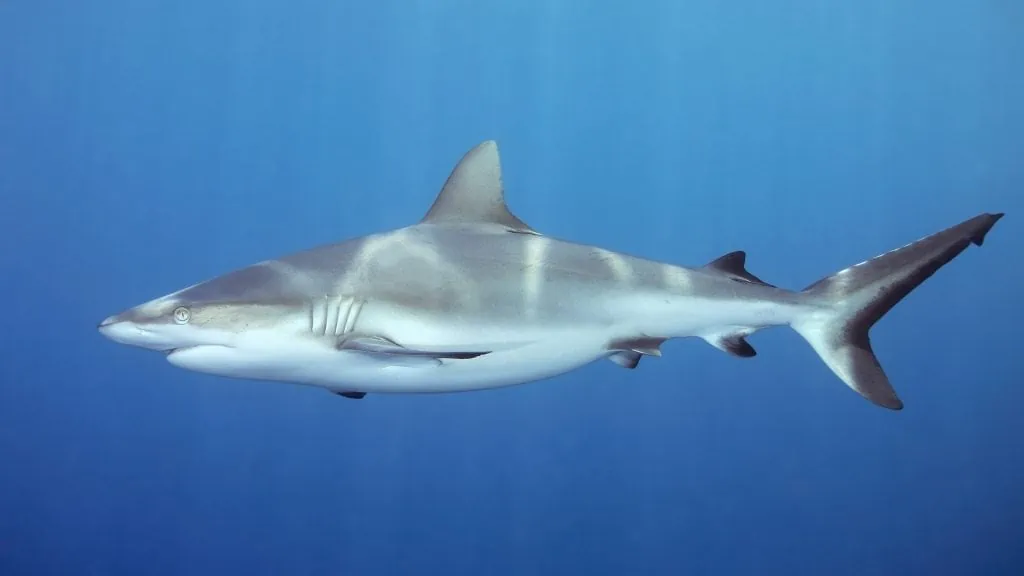
Shark Reproductive Strategies
Sharks employ three main reproductive strategies:
Shark Reproductive Strategies
| Strategy | Description | Example Species |
|---|---|---|
| Oviparity | Lay fertilized eggs encased in egg cases | Port Jackson sharks, horn sharks |
| Viviparity | Give live birth to fully developed young | Requiem sharks, whale sharks |
| Ovoviviparity | Internal gestation but give birth to live young in egg cases | White sharks, megamouth sharks |
Oviparity
- Most shark species are oviparous – they lay eggs that hatch outside the mother’s body.
- Fertilized eggs are encased in a shark egg case or “mermaid’s purse” that anchors to rocks or corals on the seafloor.
- Developing embryos are nourished by the egg yolk until they hatch as fully functional miniature sharks.
Viviparity
- Some sharks like requiem sharks and whale sharks are viviparous – they give live birth to young that develop internally.
- The embryonic sharks are first nourished by the egg yolk before receiving supplementation from the mother via a placental connection.
- Viviparity means fewer, but larger and more developed offspring compared to oviparity.
Ovoviviparity
- The most advanced shark reproductive mode is ovoviviparity which combines internal gestation with egg laying.
- Fertilized eggs are retained within the female with no placental connection. Embryos get their sole nourishment from the egg yolk.
- Just before hatching, the female gives birth to live young still encased in the egg cases which protects the developed embryos.
- Ovoviviparity provides the survival benefits of egg laying with live birthing.
Unusual Shark Mating Traits
Beyond basic mating strategies, sharks also exhibit some fascinating reproductive behaviors.
- Parthenogenesis – Some female sharks like zebra sharks and bonnethead sharks have been observed reproducing asexually through parthenogenesis. The females produce embryos from unfertilized eggs that develop into clones of the mother.
- Multiple Paternity – Female sharks may store sperm from multiple mating events to fertilize successive batches of eggs. Litters from blacktip reef sharks, lemon sharks, and bonnetheads have been shown to have multiple fathers. Multiple paternity may confer genetic diversity benefits.
- Mating Bites – Male sharks commonly bite the females during courtship and mating, likely to induce ovulation or mating receptivity. Species like nurse sharks, mako sharks, and blue sharks exhibit mating bites.
- Polyandry – Female leopard sharks are polyandrous, meaning they mate with multiple male sharks during a reproductive cycle. Polyandry also promotes genetic diversity in offspring.
- Prolonged Sperm Storage – Female sharks like the frilled shark can store viable sperm internally for months or years after mating. Prolonged storage extends the female’s window for fertilizing eggs with high quality sperm.
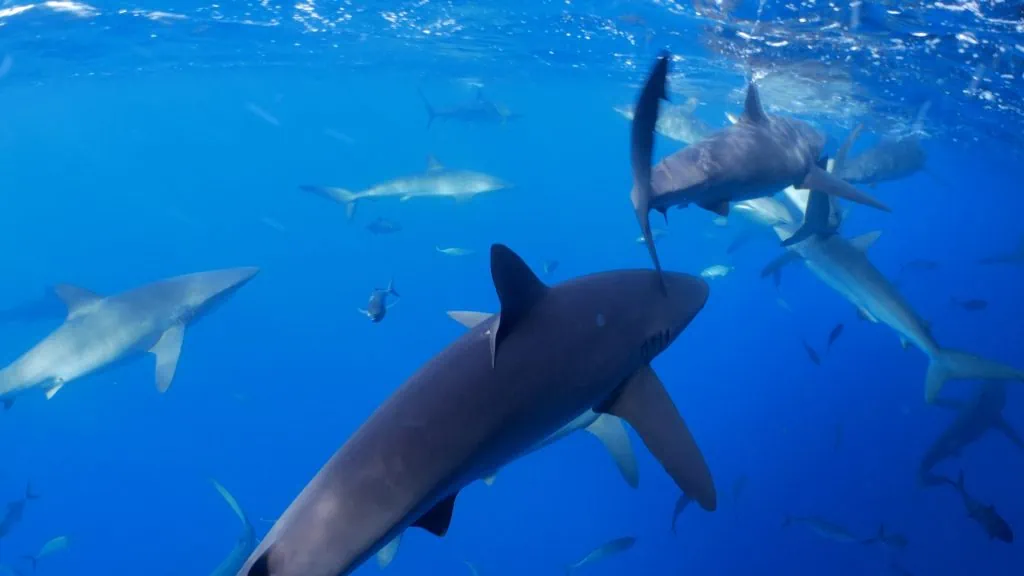
How Long Are Sharks Pregnant
Shark pregnancy lengths and birthing processes differ significantly by species.
- Oviparous sharks lay egg cases in pairs after short gestation times ranging from a few weeks to several months. Hatching times also vary – from 2-3 months for small shark eggs to over 12 months for large yolk-rich eggs.
- Viviparous and ovoviviparous sharks like great white sharks and whale sharks carry embryos internally through gestation periods lasting 4-22 months depending on the species. Longer gestations produce more developed young.
- Litter sizes range dramatically – from just 2 pups for frilled sharks to over 100 for blue sharks and shortfin makos. Shark pups are born fully functional and ready to fend for themselves.
- Females may migrate long distances to shallow nursery areas or warmer waters to optimize birthing conditions and increase pup survival odds.
- Females do not care for young after birth. Once born, the pups fend for themselves.
So reproductive strategies evolved to maximize the number of healthy offspring that survive to adulthood and continue propagating the species.
Key Takeaways on Shark Mating
- Sharks have defined mating seasons typically triggered by water temperatures and other environmental cues.
- Male sharks engage in complex mating rituals like parallel swimming, biting, and pheromone release to stimulate mating.
- Mating involves internal fertilization by the male’s claspers inserting sperm into the female’s cloaca.
- Sharks use strategies like oviparity, viviparity, and ovoviviparity to advance offspring development.
- Unusual behaviors include parthenogenesis, multiple paternity, polyandry, and prolonged sperm storage.
- Gestation ranges from months to over a year, after which fully functional pups are born.
- Reproductive strategies aim to produce the healthiest offspring with the highest chances of survival.
Shark mating rituals have evolved to be as elaborate as their hunting adaptations. Their reproductive resilience is key to sharks thriving as apex predators for millions of years despite environmental pressures. Understanding shark mating provides fascinating insights into what makes them such successful hunters.
FAQ
-
Do sharks cannibalize potential mates?
Cannibalism among mating sharks is very rare as sharks can identify mating status through chemical cues. Fighting is ritualized to avoid fatal attacks.
-
How many offspring can a female shark produce in her lifetime?
This varies dramatically – from just a few pups to over 100 per reproductive cycle. Females may breed for many years, producing hundreds of offspring in some species.
-
What happens if a shark mating ritual is disrupted?
Sharks may abandon mating if interrupted or threatened. Since seasons are short, missed opportunities can prevent breeding that year. Courtship would have to restart next season.
-
Do sharks ever mate with other shark species?
Inter-species shark mating is extremely rare, but hybrids have very occasionally occurred between closely related species like makos and great whites. The hybrid offspring are likely sterile.

